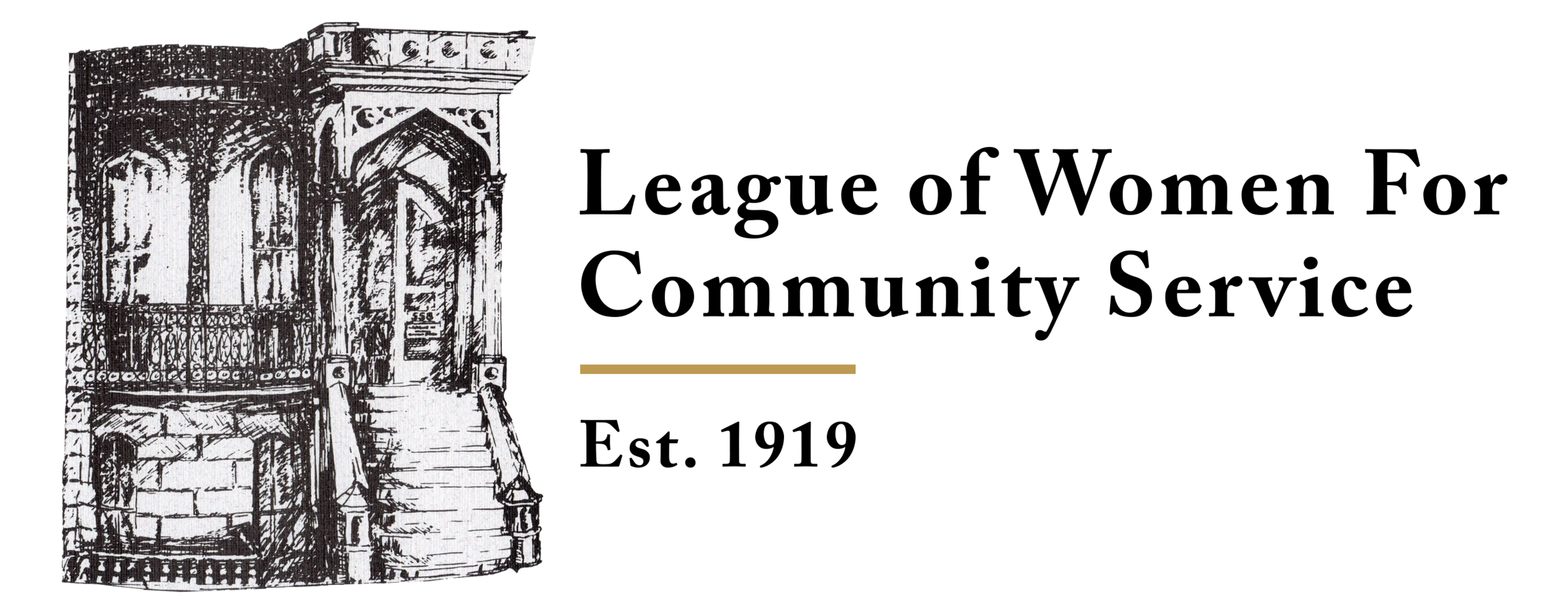THE LEAGUE’S HISTORY.
On January 30, 1920, the League of Women for Community Service purchased 558 Massachusetts Avenue from Eliza Farwell, widow of Nathaniel Farwell and has owned it ever since. The League was formed for the purpose of undertaking civic, social, educational, and charitable work for the benefit of Boston's Black community. From the beginning, the League has sought to initiate a wide variety of social service programs.
The League's earliest activity was the organization of the Soldiers Comfort Unit – a group of prominent Black women, who organized to render comfort and cheer to Black soldiers stationed in and near Boston during World War I as many public services were segregated. The unit was headed by a chairperson and functioned through several committees: Publicity, hospitality, entertainment, music, supplies, soldiers and sailors visiting, junior comfort unit, printing, knitting and Red Cross.
The organization then broadened its services to the larger Black community after the war. From the beginning, the League has initiated a wide variety of social service programs, always responding to the changing needs of the families in its area. During the Depression, the Welfare Department operated from the property with a social worker based there. A school lunch program was inaugurated for the children attending the nearby Dwight (now the Hurley) School located on West Springfield Street. Additionally, the first reading and game room in Boston was set up by the Work Progress Administration (WPA) for the use of the community in the League's basement.
During the 1940s and 50s, many female African-American students who were not welcomed in their colleges' dormitories lived at the League. This leads to a third major area of significance for the building, as one notable resident was Coretta Scott, who resided there during her time as a student at the New England Conservatory of Music and was courted by her future husband Martin Luther King, Jr. while living there. It was also home to many young Black women who came North seeking better employment opportunities. Thus, the building plays a major role as a memorial connected to figures at the very heart of the Civil Rights movement.
The League continues its civic and social activities and is positioned to continue its impact throughout the 21st century.
Circa 1923: A sketch of 558 Massachusetts Avenue. —Artist unknown

